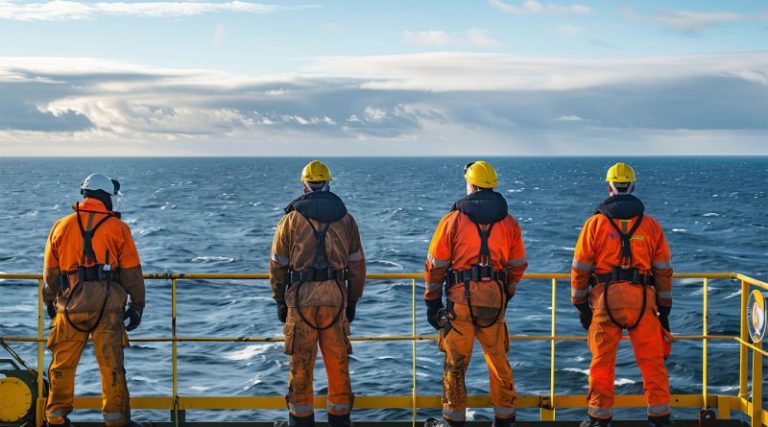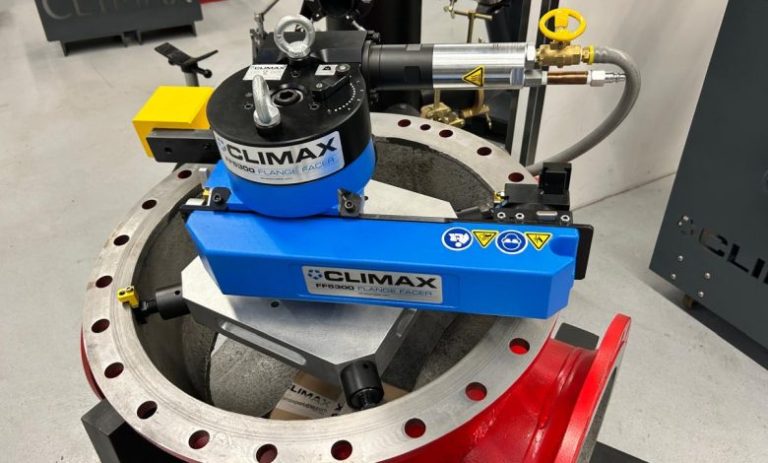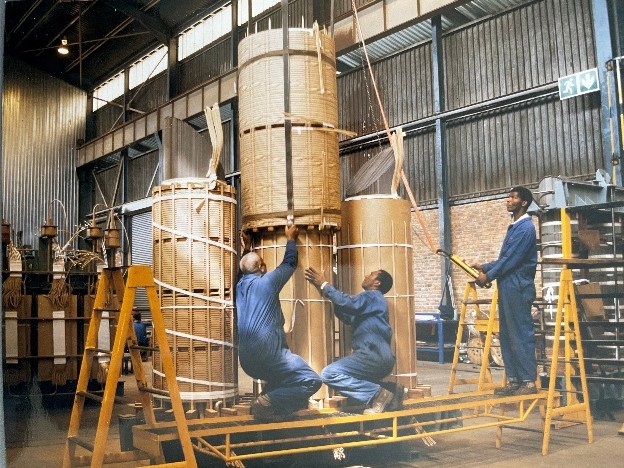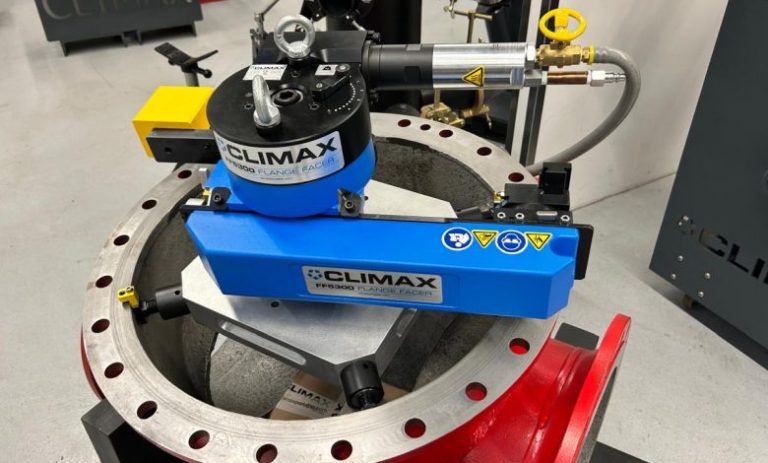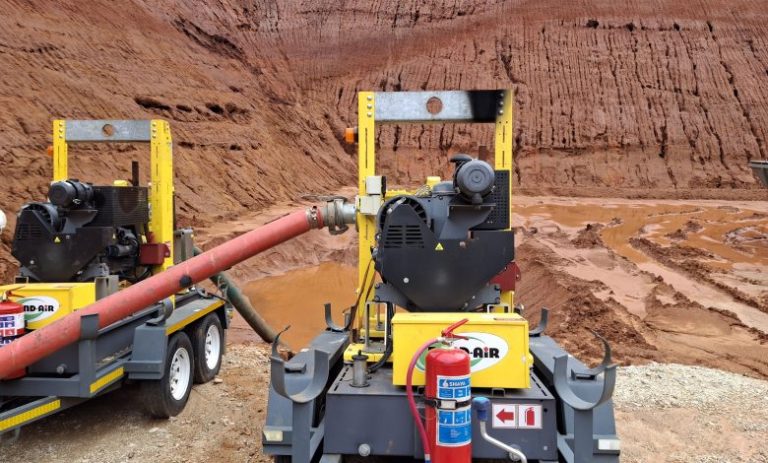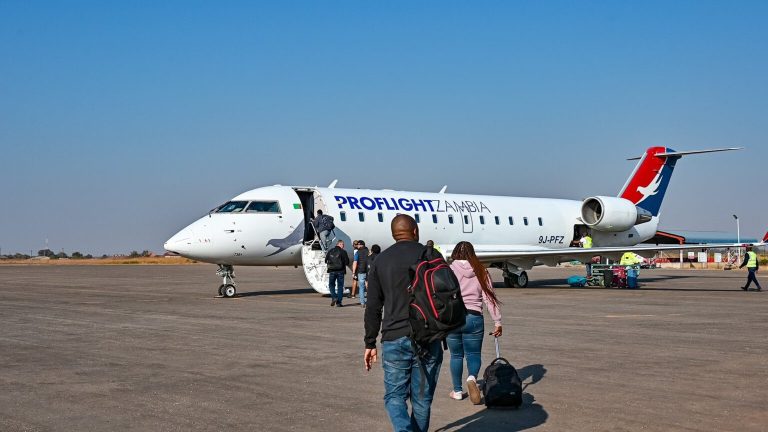Choosing the right Global Maritime Distress and Safety System (GMDSS) course can be challenging, especially when you’re balancing regulatory requirements, certification needs and practical hands-on experience. For maritime operations tied to the supply chain, qualified radio operators are more than just a compliance checkbox. GMDSS training is a lifeline during emergencies and key to efficient maritime communication.
Consider these top GMDSS training courses that combine certification credibility with training depth. Whether you’re training crews, upskilling communication officers or looking for a flexible online alternative, these five options provide a range of formats to suit your team.
1. MITAGS – GMDSS Marine Radio Operator’s License Course
Location: Baltimore and Seattle
Delivery: In-person
Certification: GMDSS Radio Operator’s License, STCW A-IV/2 License
The Maritime Institute of Technology and Graduate Studies (MITAGS) offers one of the top GMDSS training courses in the U.S. The program spans two weeks and meets strict Coast Guard and IMO/STCW 2010 standards.
Trainees are taught to operate all forms of GMDSS equipment, including satellite systems, MF/HF and VHF DSC radios, NAVTEX receivers, EPIRBs and SARTs.
Although it requires a full-time commitment, the program’s intensity pays off. MITAGS provides live radio labs, simulators and direct guidance through FCC licensing procedures. This makes it an excellent choice for companies that want certified, confident radio operators on deck.
Key features:
● Meets CFR and STCW requirements with FCC licensing support
● Extensive hands-on training with full GMDSS console simulations
● Real-world distress drills and emergency communications practice
● Highly experienced, Coast Guard-approved instructors
MITAGS sets the industry benchmark for businesses that prioritize thorough, standards-based training and want mariners prepared for complex emergency scenarios. It also provides a pathway for career advancement beyond entry-level roles by helping people become more competitive for these positions.
2. Maritime Institute – General Operator’s Certificate (GOC) GMDSS Course
Location: San Diego
Delivery: In-person
Certification: GMDSS Radio Operator’s License, STCW A-IV/2 License
The Maritime Institute in San Diego delivers a streamlined, 10-day TGMDSS course that covers all necessary systems and emergency procedures. It’s a practical option for businesses that need fast, effective training without sacrificing quality.
The course is structured to prepare candidates for the FCC Element 7 exam. It focuses on real-time response and decision-making. Though it’s shorter than most, the hands-on sessions with VHF, MF/HF, SSB, NAVTEX and survival radios ensure participants gain the confidence to handle GMDSS radio operations in the field.
Key features:
● The accelerated approach is ideal for limited downtime
● Prepares for the Element 7 GMDSS test with mock exams
● In-depth training on NAVTEX, EPIRBs, SARTs and DSC systems
● Suitable for operational crew and support team upskilling
If you’re looking for a time-efficient program that doesn’t cut corners, this course offers both speed and quality in the nation’s largest specialty cargo maritime hub.
3. MPT USA — GMDSS General Operator’s Certificate
Location: Fort Lauderdale, Florida
Delivery: In-person
Certification: GMDSS GOC, STCW A-IV/2 License
MPT (Maritime Professional Training) USA offers a 10-day GMDSS training course that balances classroom instruction with simulator-based practice. The program meets all U.S. Coast Guard and STCW requirements and is ideal for mariners on large vessels or commercial fleets. To qualify, applicants must have an FCC Element 1 certificate or a Marine Radio Operator Permit (MROP).
Hands-on labs cover satellite communications, DSC functions, NAVTEX and emergency protocols. While the time investment is longer than some other courses, it ensures a deeper understanding of each system and its integration.
Key features:
● Comprehensive simulator labs and live equipment use
● Includes U.S. Coast Guard license preparation and guidance
● Structured drills to reinforce distress protocols
● Excellent for maritime professionals preparing for global roles
This is a strong choice for companies that want to go beyond compliance and build long-term communication reliability into their maritime operations.
4. Coral Nautical — GMDSS GOC
Location: Fort Lauderdale, Florida
Delivery: In-person
Certification: GMDSS GOC, STCW A-IV/2 — U.K. MCA and AMERC Approved
Coral Nautical Institute provides one of the most detailed GMDSS courses available, clocking in at over 130 hours of instruction and simulation. While the course length may not suit every company, Coral Nautical’s approach guarantees mastery of equipment and protocols to advance maritime careers.
This course goes well beyond the basics. It includes lectures, computer-based training, hands-on equipment use and simulator-led scenarios. Participants leave with a strong grasp of distress alerts, satellite networks, and the coordination of search and rescue communications.
Key features:
● MCA- and AMERC-approved with global recognition
● 17-day in-depth training for high-responsibility GMDSS roles
● Practical exercises with both terrestrial and satellite systems
● Emphasizes SOLAS compliance and SAR coordination
For high-risk shipping operations or multinational fleets, Coral Nautical delivers the depth and global recognition needed to meet international expectations.
5. Northeast Maritime Online – GMDSS Radio Operator Course
Location: Online
Delivery: Virtual, self-paced
Certification: GMDSS Radio Operator’s License, STCW A-IV/2 License
While in-person training offers an immersive experience, not every business can afford to send staff off-site. NEMO (Northeast Maritime Online) addresses this gap with a fully virtual GMDSS training program.
It includes interactive modules, practice exams, and simulation tools that replicate emergency conditions and equipment operation. Although it borrows from a 70-hour in-person course, learners can work at their own pace while still receiving support from instructors. This solution scales well for remote or global teams and keeps training costs low.
Key features:
● HALO simulator software for interactive GMDSS practice
● Instructor-supported modules and built-in exam prep
● Designed for flexibility with asynchronous learning
● Ideal for remote teams or multilocation maritime operators
This is a smart, scalable option for businesses that need to train multiple people across locations without compromising learning outcomes.
Find Top GMDSS Training Courses for Your Team
In an industry where communication failures can lead to safety risks or cargo delays, investing in the best GMDSS training courses is essential. Whether you choose MITAGS for its depth or a virtual alternative for remote scalability, make sure the course aligns with your team’s responsibilities to optimize safety, compliance and confidence at sea.
GI Bill® is a registered trademark of the U.S. Department of Veterans Affairs (VA). More information about education benefits offered by VA is available at the official U.S. government website at https://www.benefits.va.gov/gibill.



